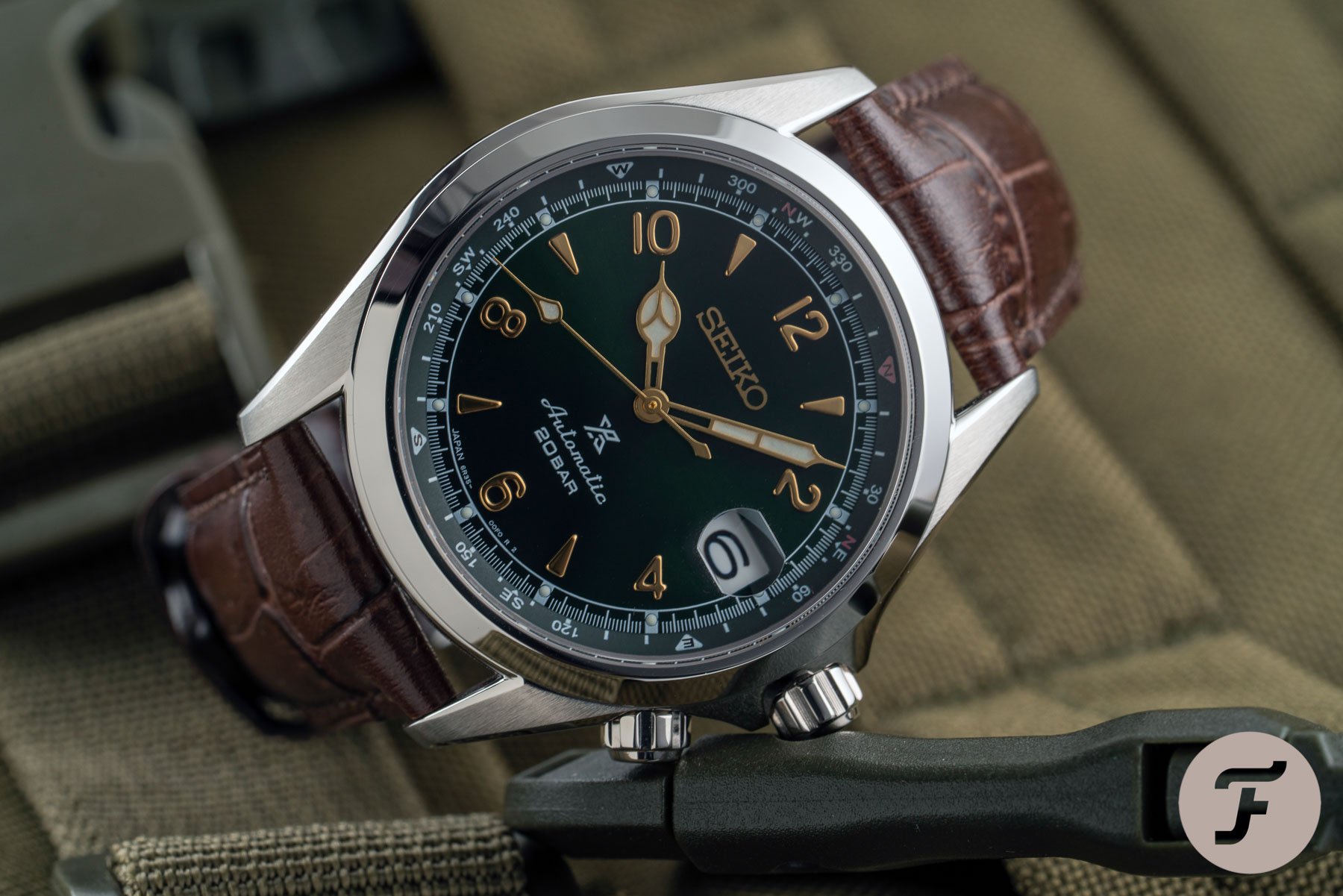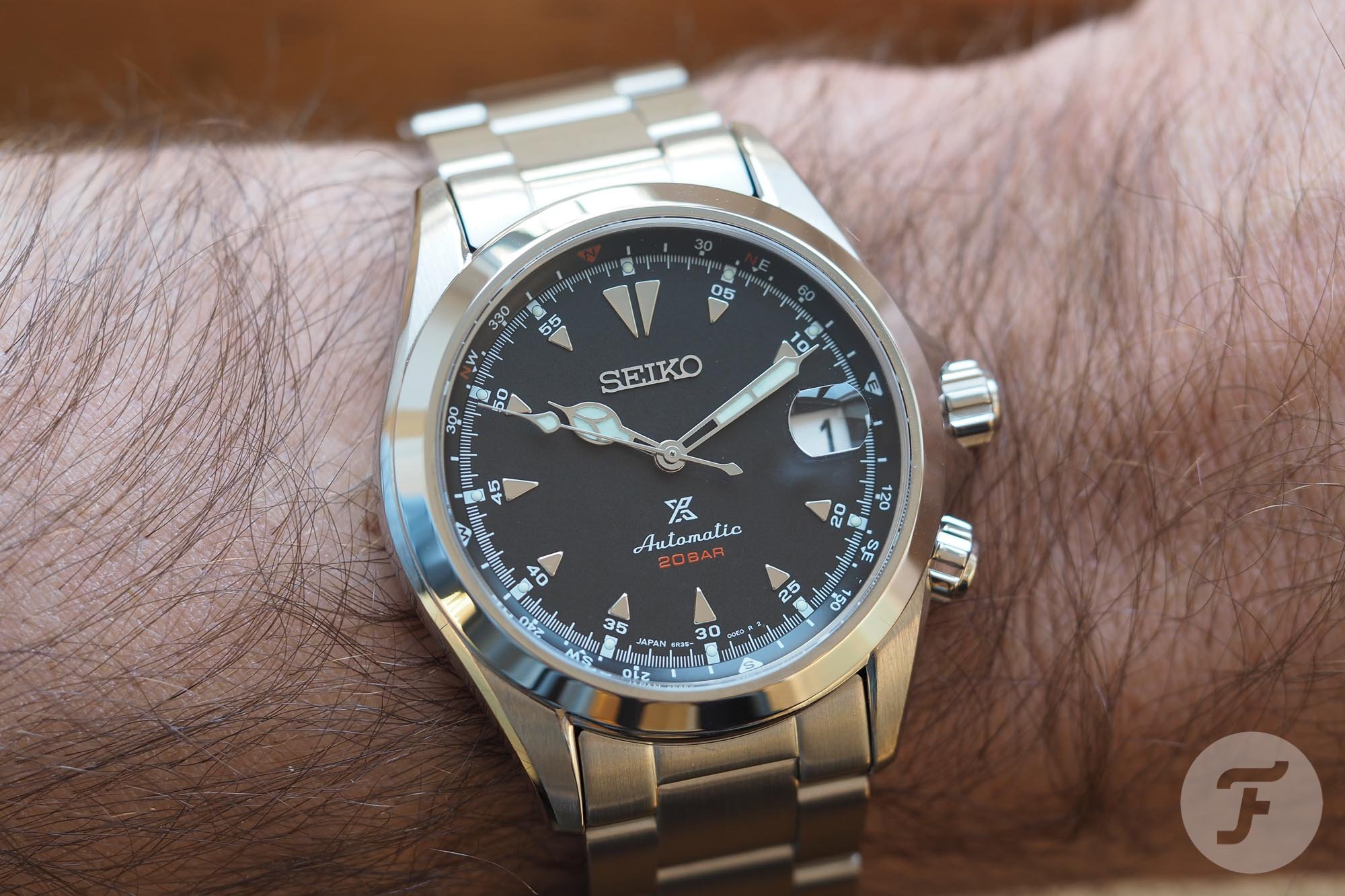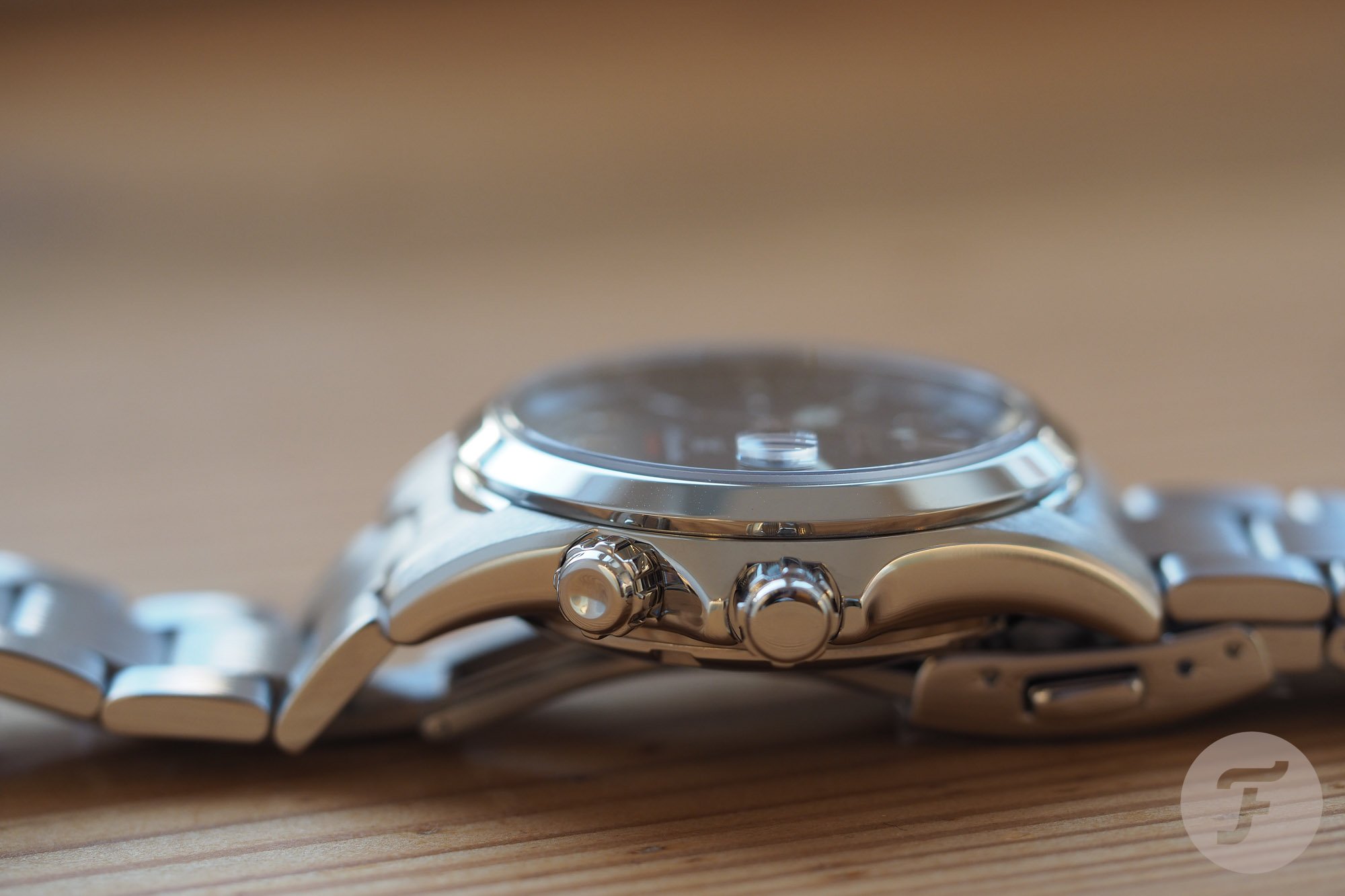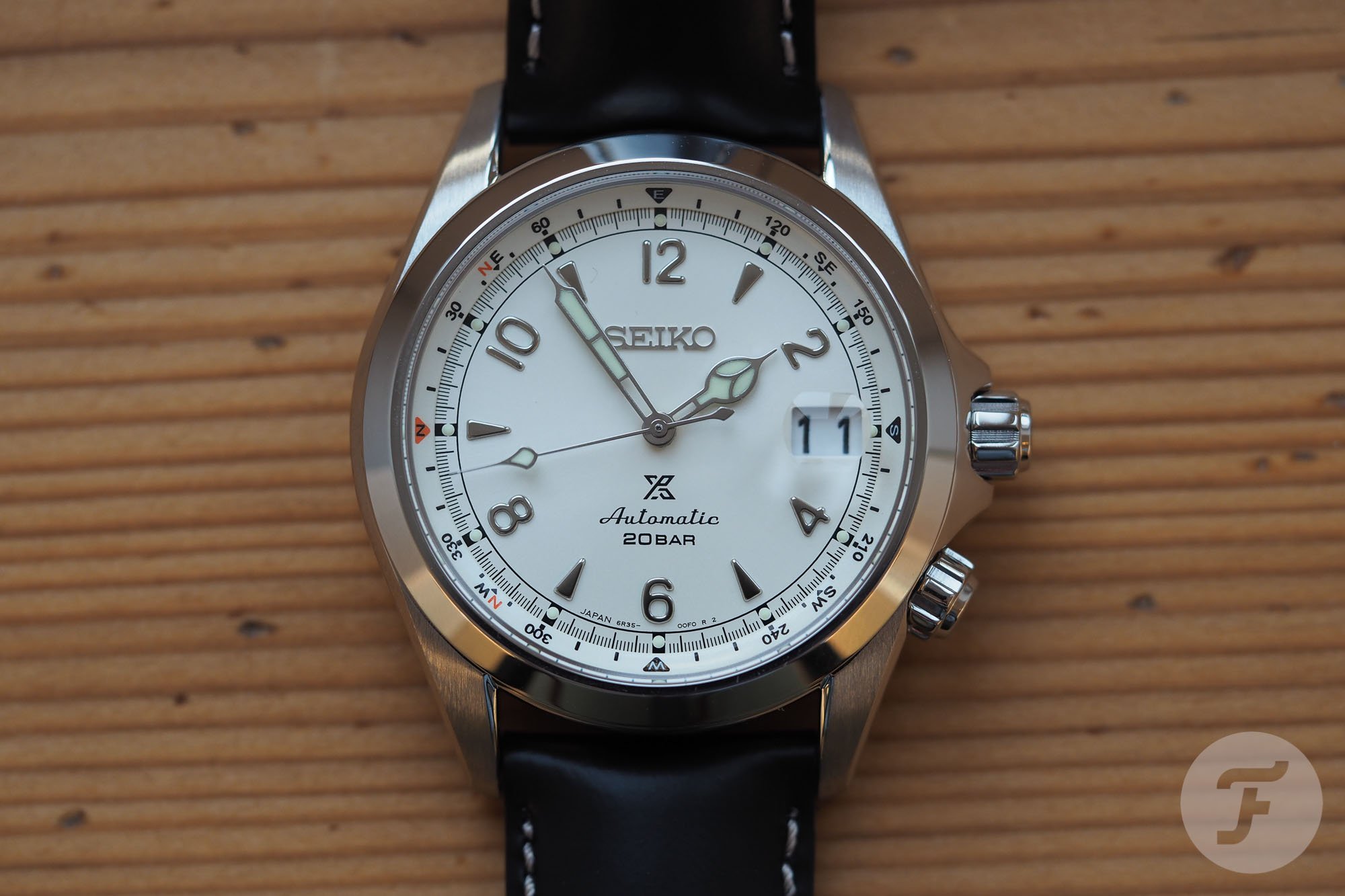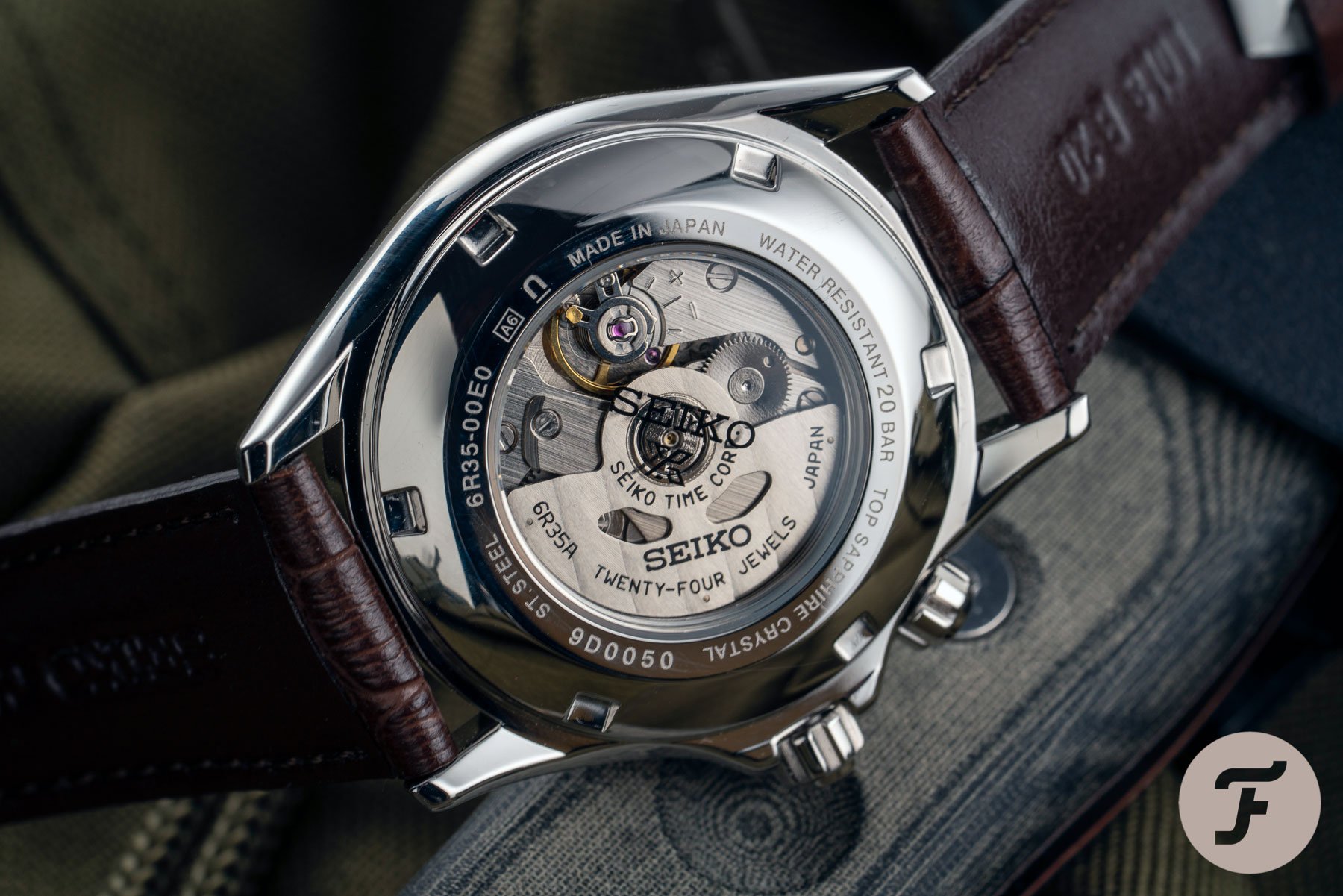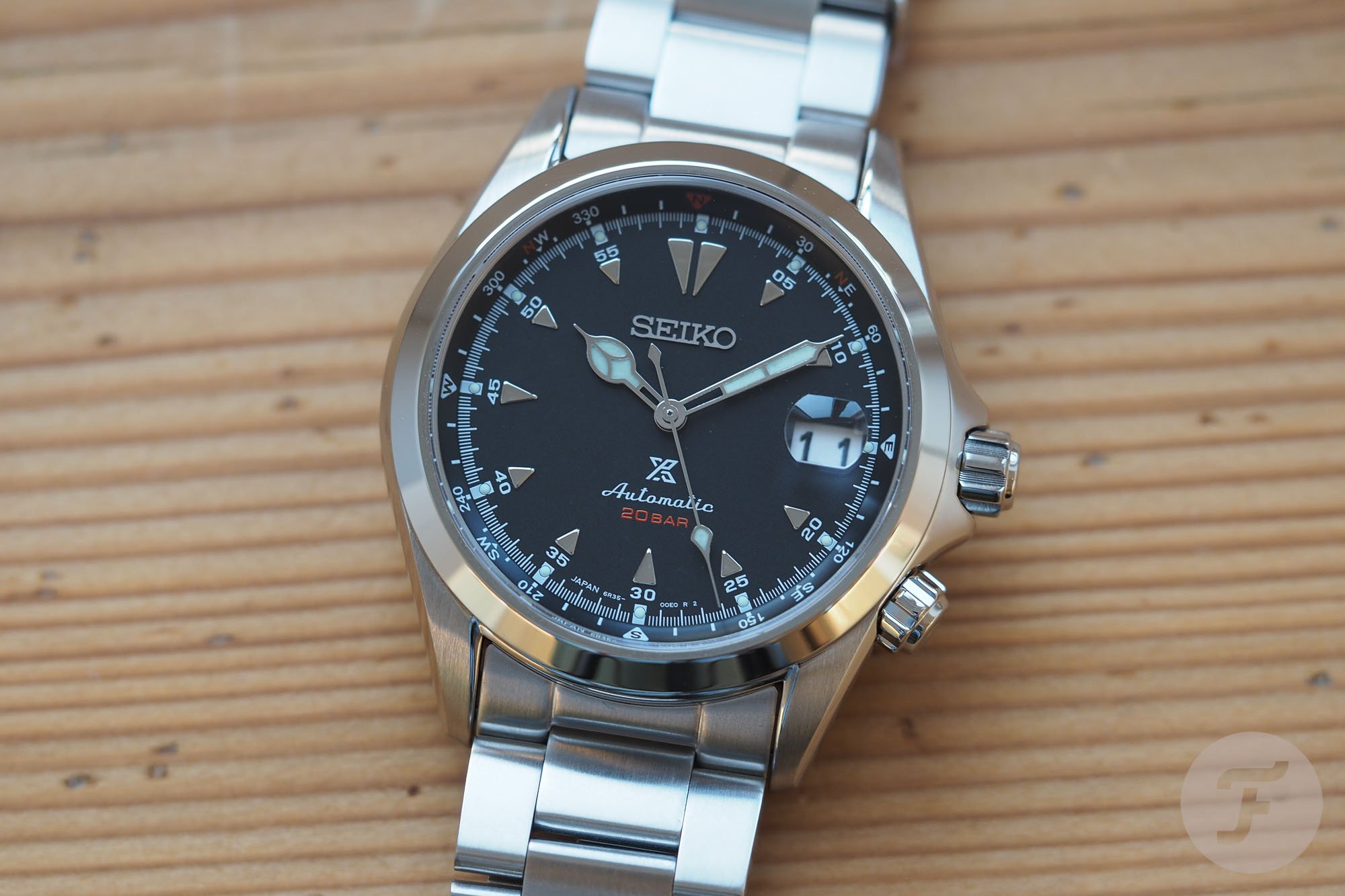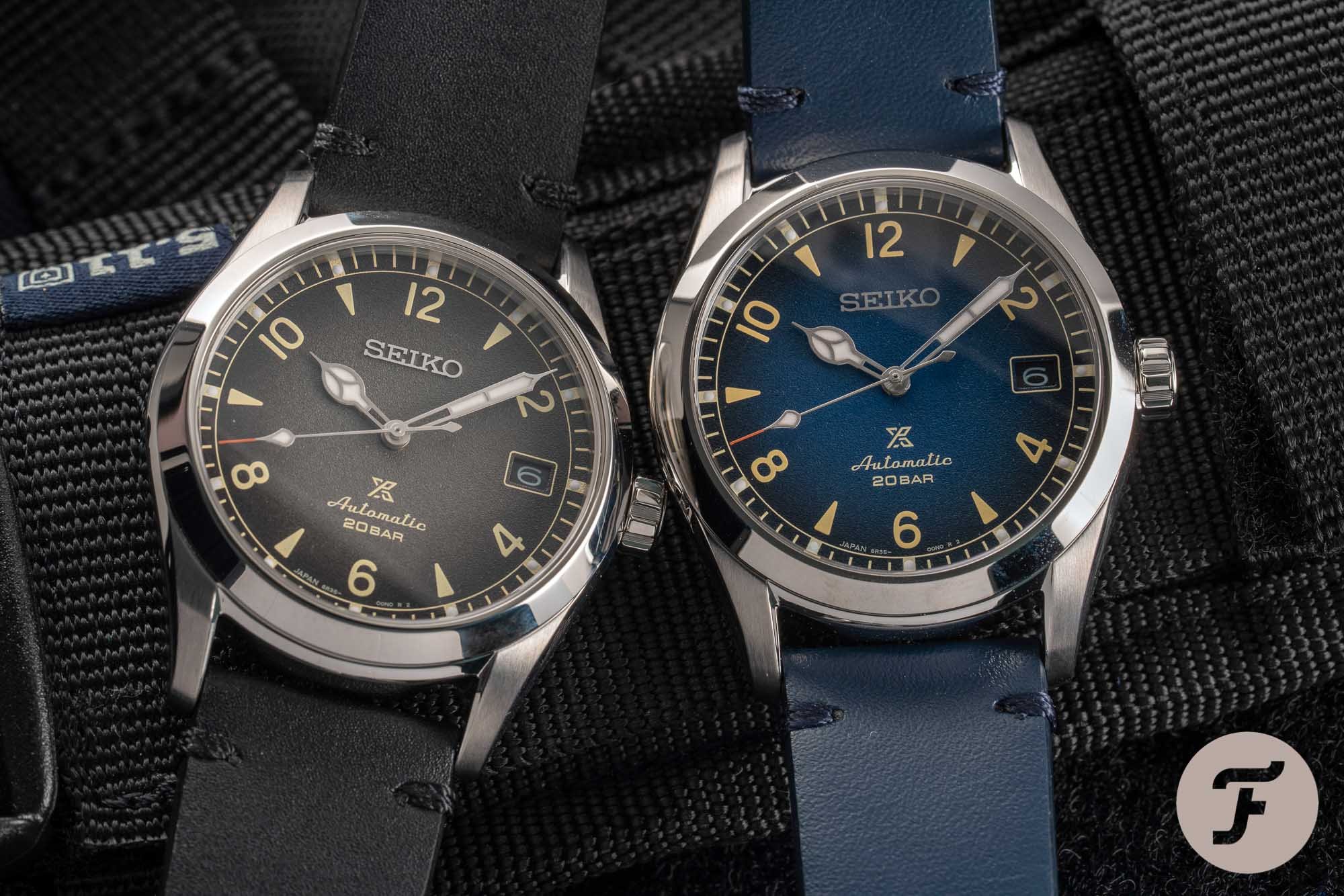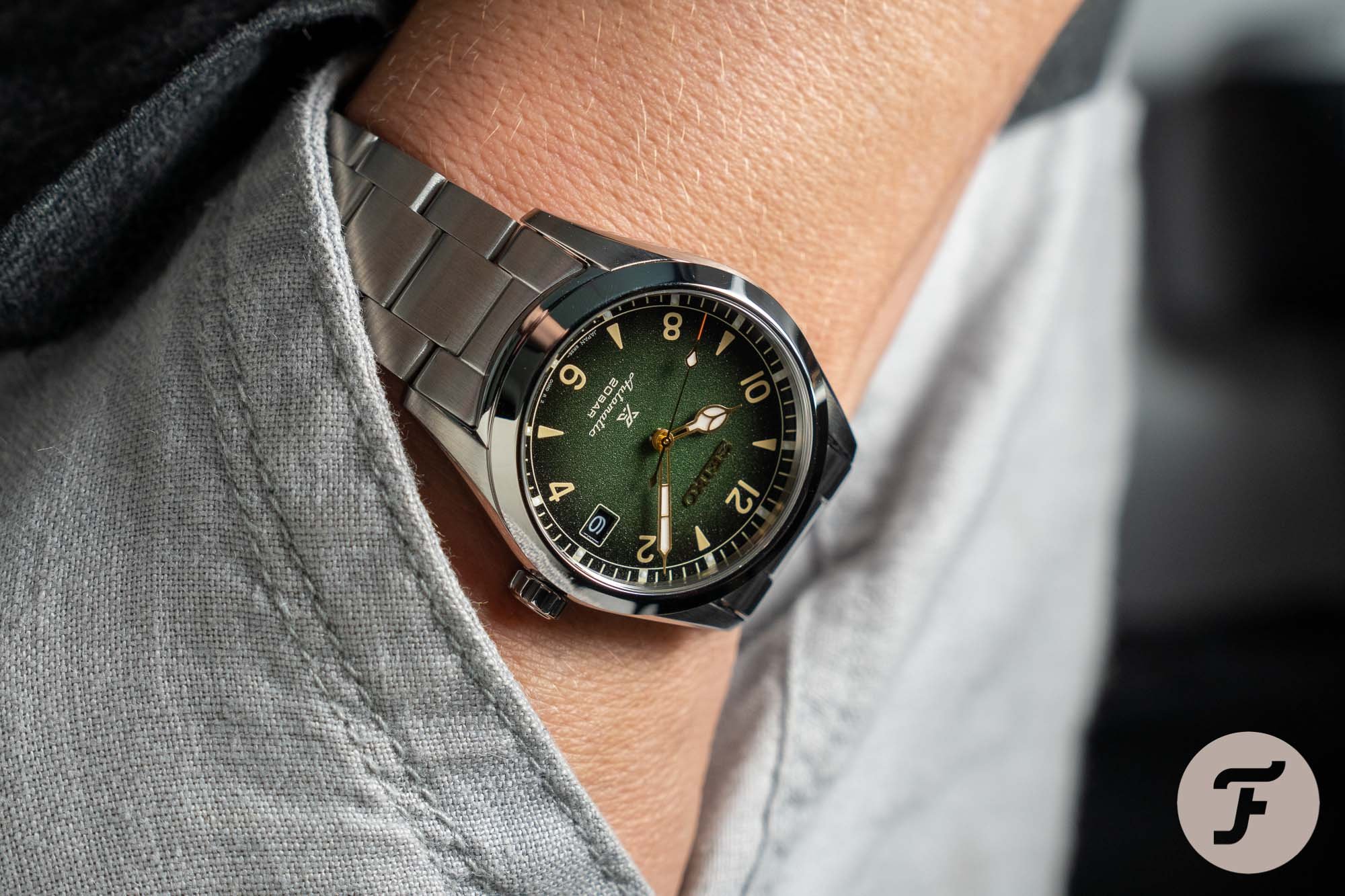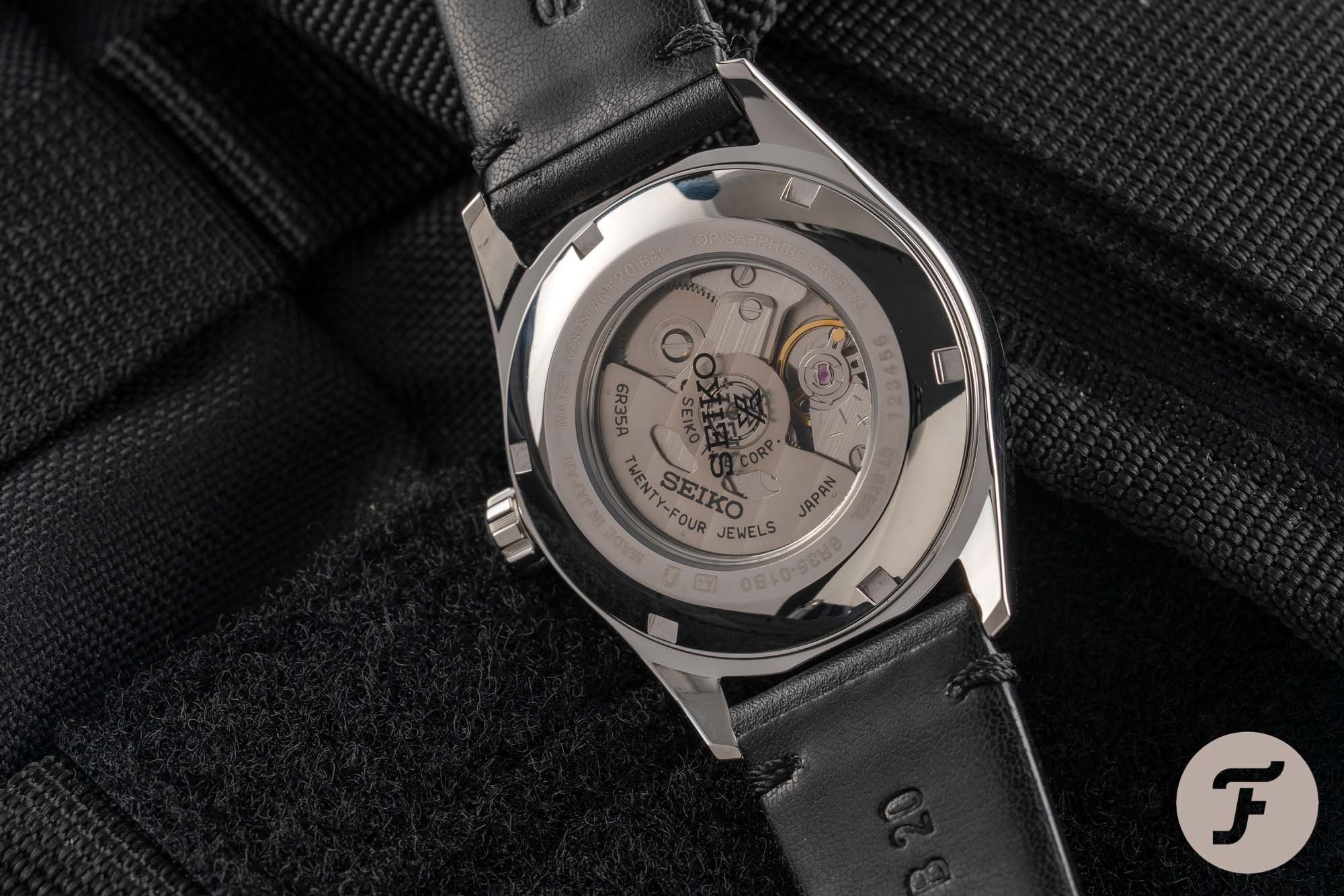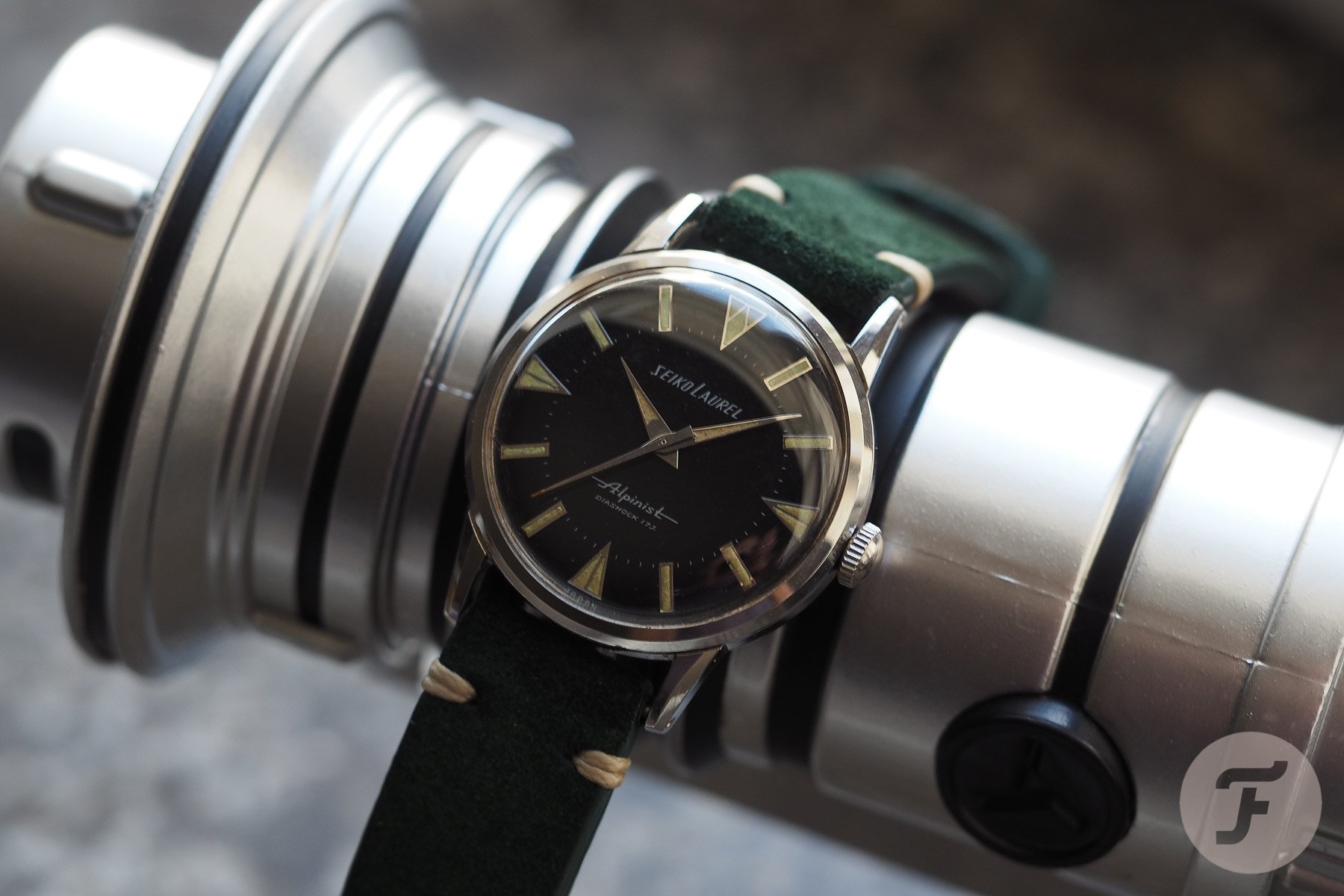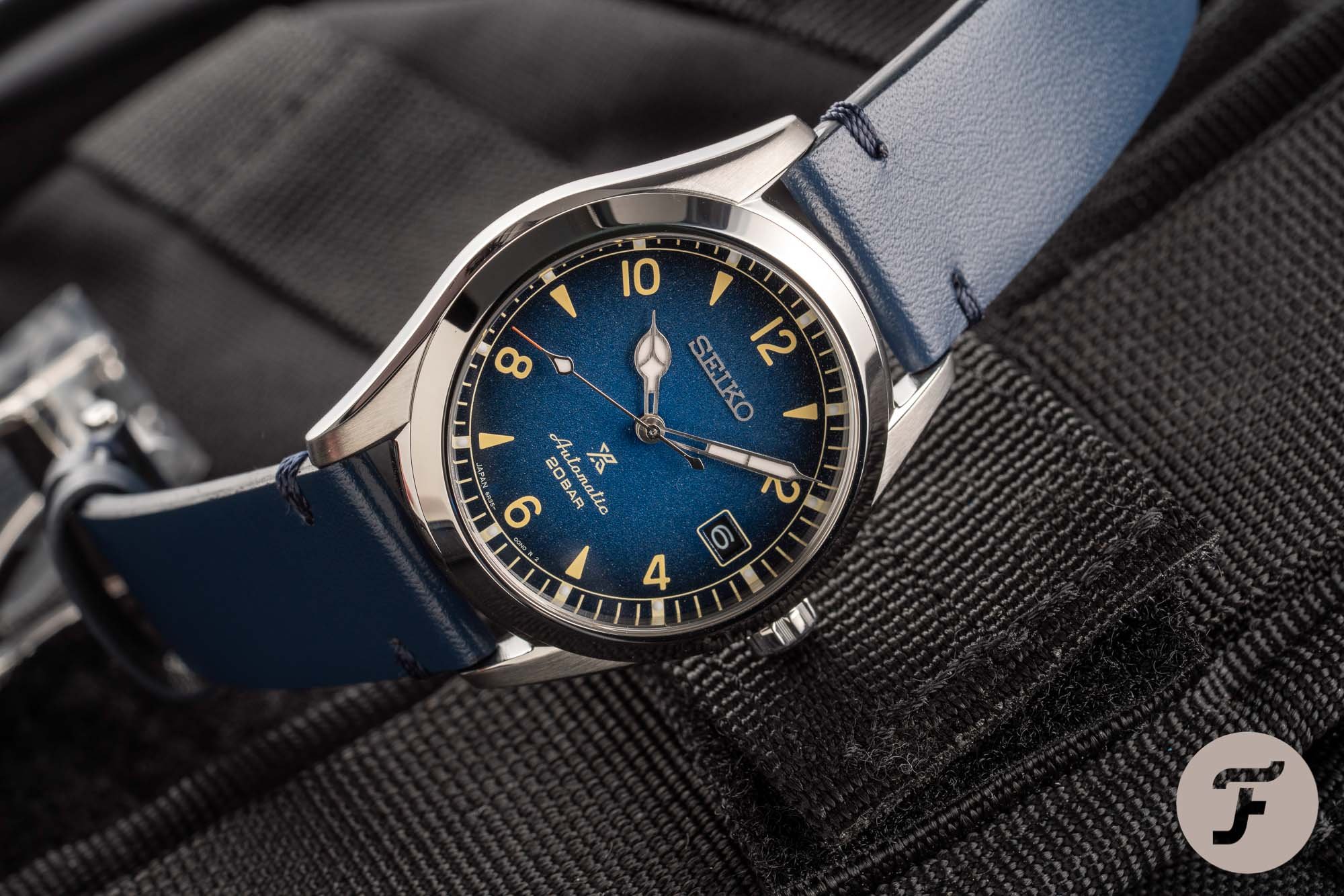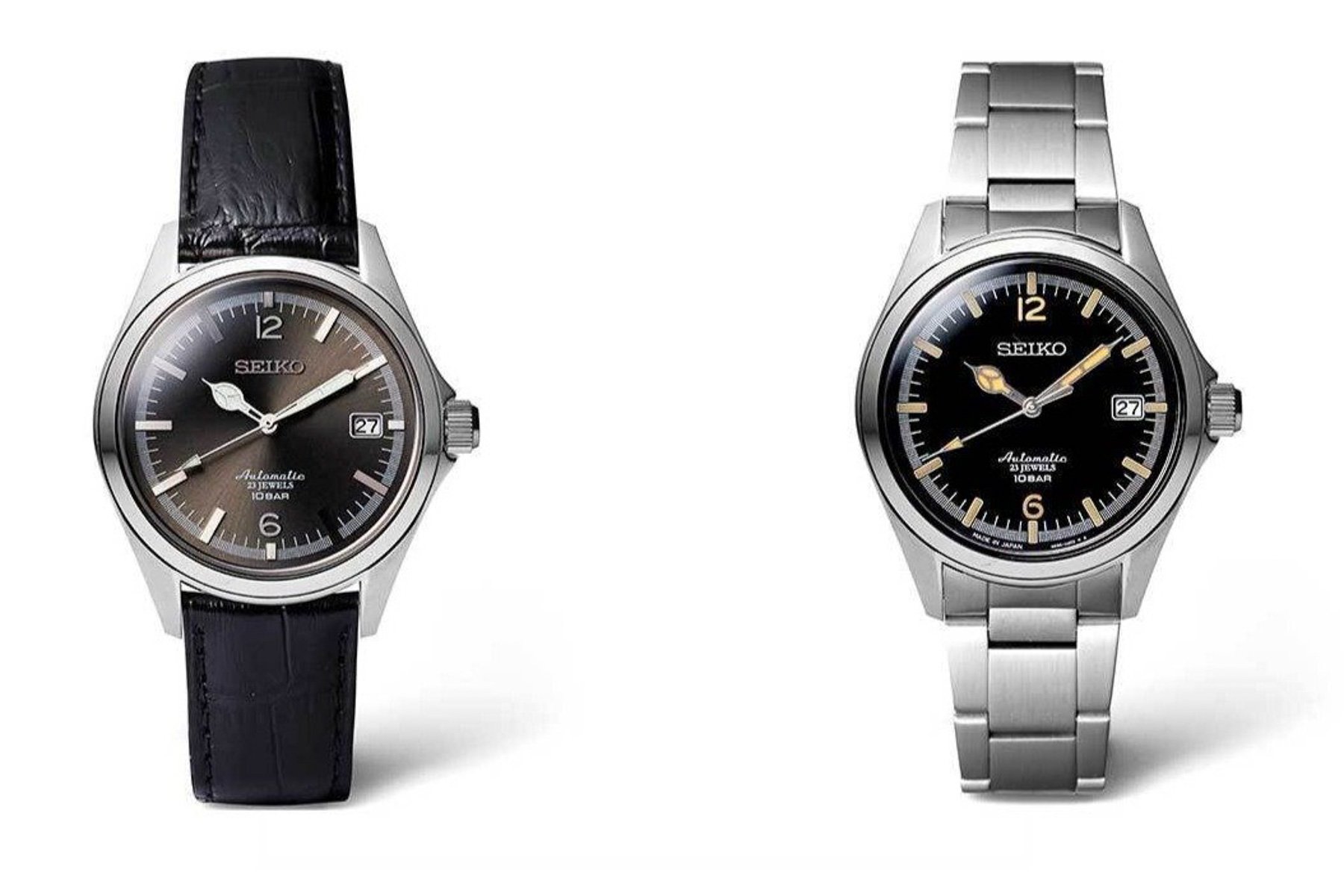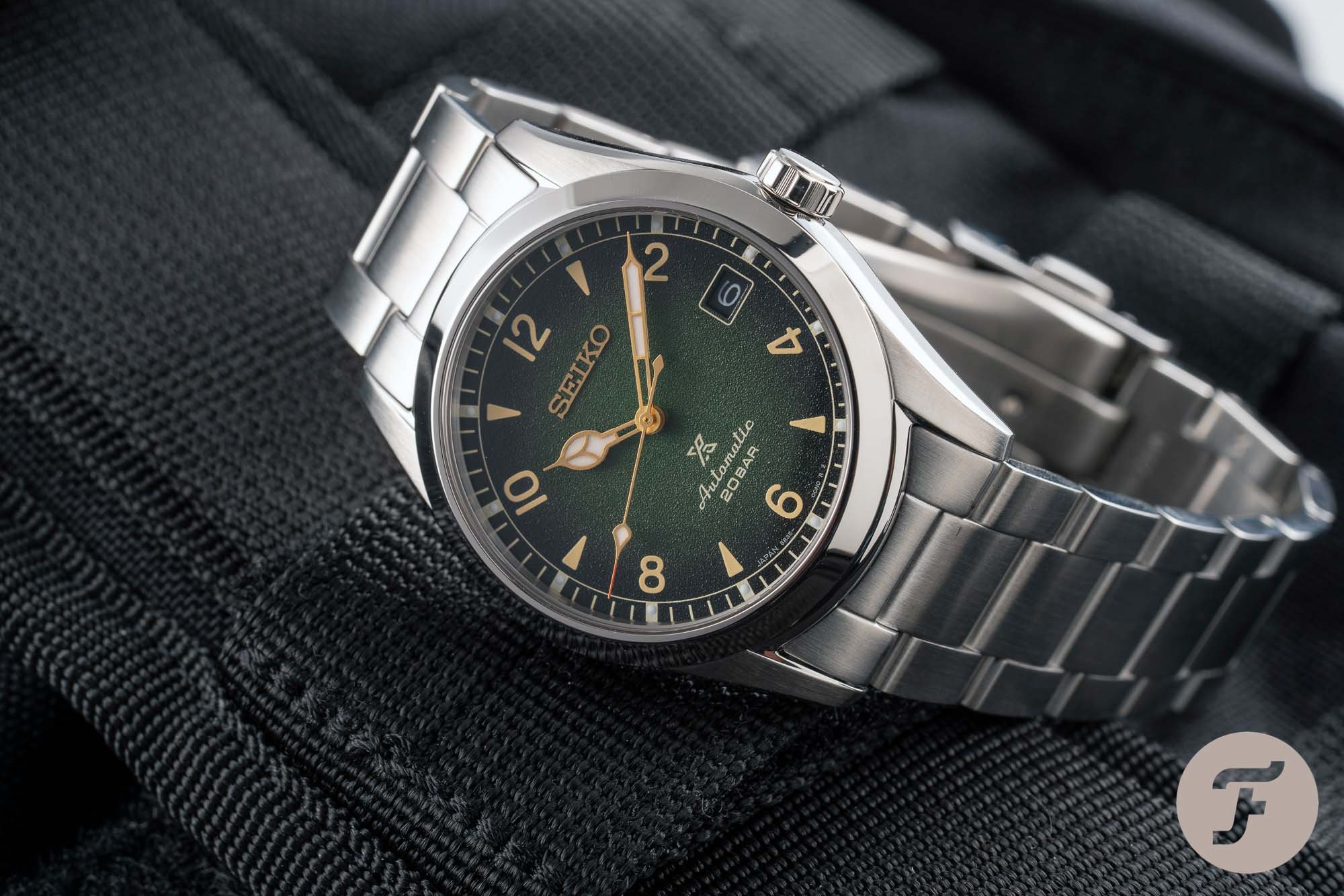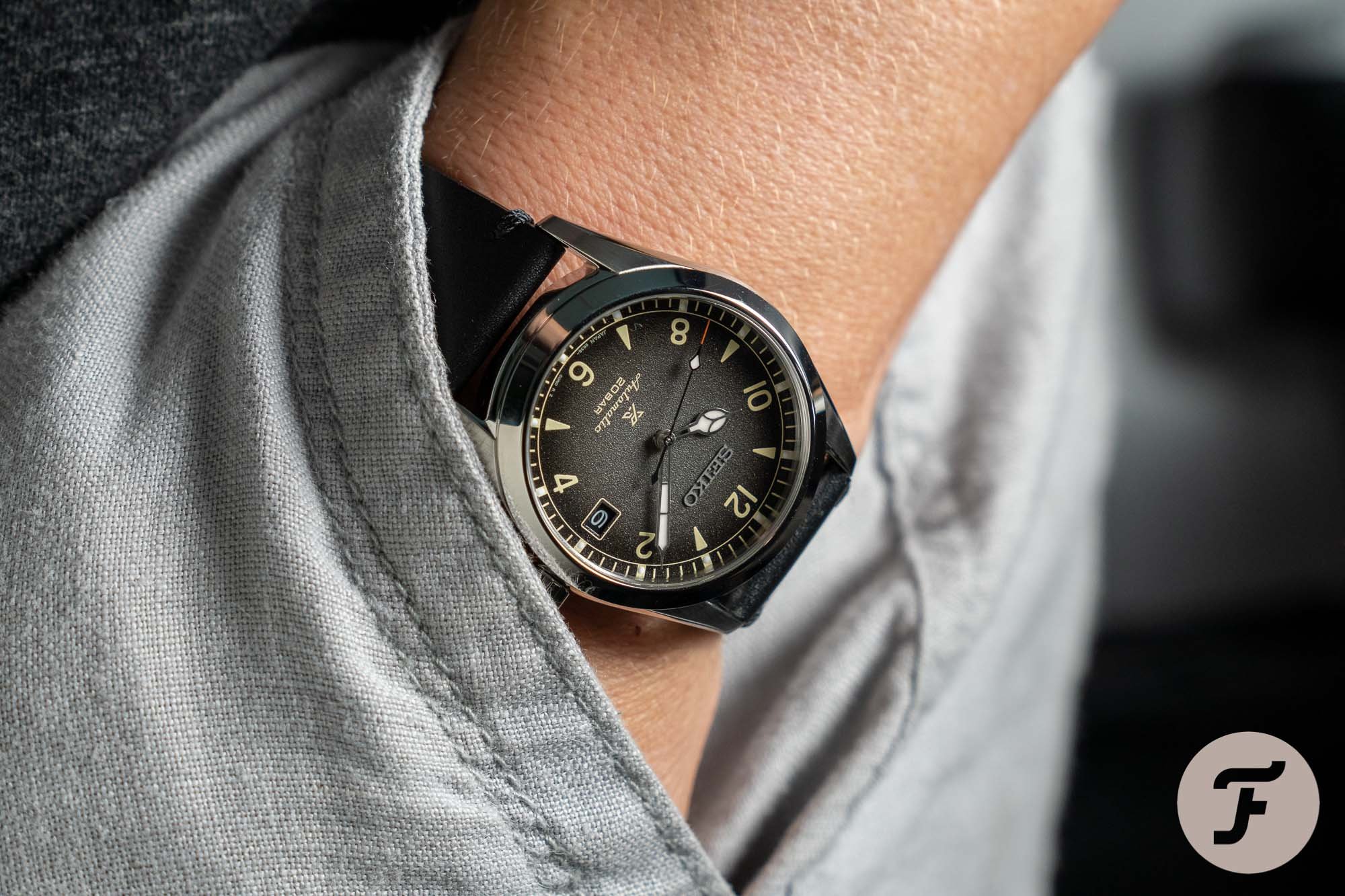Two For Tuesday: The Battle Of The Newest Seiko Alpinist Models
Two For Tuesday is here again with a look at two watches that likely cause consumer consternation. Our focus this time is on the Seiko Alpinist. However, the collection is larger now and we have two distinct models to consider. Which shall summit first?
It’s Seiko Alpinist season here on Fratello. Aside from the fact that it’s Autumn and perfect for hiking, Seiko has given us good reason to spend some time with this model line. Firstly, Seiko updated the modern version of its compass models in late 2019 and formally inserted them into the global Prospex collection. Second, and just a few short weeks ago, we received a simpler second line with three hands and one crown. And while neither of these are officially called “Alpinist” any longer, we don’t care. But what we do care about it making a choice between old and new. And folks, which one is old and new is a tricky thing in itself. Let’s discuss!
The Seiko Alpinist with compass bezel
Just last week, I penned an article on the history of the modern Seiko Alpinist. I mentioned that the current line of twin crown Alpinist models take their cues directly from their 1995 antecedents. If you look at 90’s “red Alpinist” models and the SARB models that followed in 2006, today’s pieces are nearly identical. On the one hand, you could walk away thinking that Seiko is a pretty boring unadventurous company. On the other hand, you’d realize that Seiko has quite the hit on their hands that requires only small updates to keep it relevant. And besides, why upset the apple cart if said apples are selling like hot cakes? But what’s all the fuss about anyhow?
A wearable watch since the get go
The modern Seiko Alpinist is, and always has been, a bit of an outlier in the Seiko lineup. While the brand upsized and thickened many of its sports models over the past 25 years, the Alpinist has always quietly remained reasonable in size. With a diameter of just 39.5mm and a lug to lug of 46.4mm, the current models keep the same wearable form factor. Perhaps even more notably, these sporty models are only 13.4mm thick.
As far as intent, the Seiko Alpinist is the brand’s Rolex Explorer. It was originally built for mountaineers, but when it came back in the 90’s, it brought an internal compass bezel ring. Here’s a cool YouTube video that actually shows how to work this bezel. I’m guessing that few people actually use this complication, but most like it due to its unique looks. It’s unique because the watch has 200 meters of water resistance, but it isn’t a diver like just about every other popular Prospex model.
Versatility at work
Furthermore, the Alpinist — especially in the classic dark green with gold hardware — gives off this truly versatile vibe that makes it suitable for almost any occasion. Conceivably, one could come in from a few stinky days on the trail, hit the showers, and roll into a conference room for a presentation with the Alpinist in tow. I know that’s an overused scenario and that people don’t truly care about these things as much today, but an Alpinist feels more “grown up” than your typical diver. Credit details like the cathedral hands and applied indices for adding class to this otherwise sporty overlander.
With four different mainstream models for sale, buyers also have a lot of choice. There’s the classic green SPB121J1 on brown leather, the white SPB119J1 on black leather, the cream SPB123J1 on green leather, and black SPB117J1 on an upgraded oyster-style bracelet. The black dial model is notable because it uses “shark’s tooth” indices instead of Arabic numerals. The cream dial piece is also a unique one because it represents a new colorway in the model’s history. If you’re choosing a watch on leather, the retail price is €719. The black model is barely more at €739. No matter what you select, there’s a screw-down crown, display back, sapphire crystal and the 70-hour 6R35 automatic.
What do I think of the twin crown Alpinist?
I’ve never owned a modern Seiko Alpinist. There I said it. As someone who owns a lot of Seiko watches new and old, that’s either seriously surprising or sacrilegious. I saw these watches for years in Tokyo and there was always something else that sparked my interest more. I always saw these watches as a bit too busy. Plus, the famous green version seemed a little weird with its steel case, gold details, and odd hands. Finally, though, time has softened my stance and I will likely add one. They just wear so well and do feel like real value despite higher prices than before. Unsurprisingly, it won’t be green for me. No, I like the black or the white versions because I think they look cleaner. But what about an even cleaner Alpinist?
The three-hand Seiko Alpinist
It was just a couple weeks ago that the embargo dropped on the newest additions to the Prospex line in the form of new Seiko “Alpinist” models. Yes, we have to use quotes because these aren’t official Alpinist models either. Semantics aside, with cathedral style hands and radial printed Arambic numerals, these are clearly within the family. In an effort to appeal to the “field watch” crowd, Seiko now offers a very straightforward capable watch in three flavors.
Similar specs sans compass
The new three-hand Alpinist comes in a straightforward case with a 38mm diameter, 46mm lug to lug and just 12.9mm thickness. Even though it has smaller dimensions against the compass version, it still offers 200 meters of water resistance, a display back, screw-down crown and sapphire crystal. The watch also uses the identical 6R35 automatic with date function. Color wise, there’s the green SPB155J1 on bracelet, the blue SPB157J1 on leather, and the SPB159J1 on leather. Interestingly, these leather straps are a bit “hipper” than what you get on the compass (aside form the cream version) because of the saddle stitching. Pricing is between €689 and €699 with that extra tenner buying the bracelet.
Setting the record straight
So, some people feel that these newest Alpinist models are a lazy offering from Seiko. We’ve heard, “this is the Explorer version lined up next to the Seiko version of the Explorer II.” We’ve also heard that it’s not a “real Alpinist” because it lacks the compass. On the first complaint, I guess that comes down to whether you think the Alpinist is really gunning for the Rolex. Perhaps it is in spirit, but come on…there’s just a small price difference. On the second complaint, I shout, “BALDERDASH!”
Look, the earliest Seiko Alpinist models, such as the 1959 Laurel, were straightforward three-hand watches. They were presumably built for legibility and durability. They had clean dials and are amongst my favorite vintage Seiko because they looked so different. Unfortunately, they probably weren’t so popular because the line was killed off in the 1960’s after less than ten years. So, the conundrum we face is that the compass Alpinist models have actually now been around for longer than the earliest three-hand models. Still, though, I don’t think it makes these newest watches “Falpinists” or whatever my tempestuous Mancunian colleague has coined. But what do I think of them aside from the short history lesson?
What do I think of the three-hand Alpinist?
Overall, I really like these new, smaller Seiko Alpinist models. The proportions are absolutely perfect and offer something that I’ve wanted from the brand for a really long time. I love my basic non-diver vintage Seiko watches, but the company has never really offered a great basic daily wearer for me. All that has finally changed, but there are a few things I don’t love. First, and I hate to join the bandwagon, but these would look epic without a date. The balance would be tremendous and almost, umm, Explorer like, but in a better size.
Second, I don’t have a problem with printed indices, but I’d like to see them in white and on a slightly more serious dial color. The grey is close, but these still look a little playful to me. If you want to get a better idea of what I’d like, check out some limited edition JDM watches Seiko made with Japanese shop TiCTAC last year. These are lower spec watches with a 4R movement, 100 meters of water resistance, but you’ll get the point. Oh, and if you’re asking, I wasn’t able to secure one — getting limited edition anything in Japan is akin to winning the lotto.
Finally, there’s the issue of pricing. I honestly don’t really care that these are barely cheaper than the compass version, but I think there should be a bit more separation. After all, it feels like dropping a crown and bezel is worth more than a €30 difference. Still, though, it’s hard to complain too much with Seiko’s under €1,000 offerings. Yes, people complain who were used to the days of old and sub €400-500 prices, but those are long gone now. You’re still getting a lot of value here in my book.
Most importantly, what do you think?
Because pricing isn’t really a factor when lining up these two Seiko Alpinist models, I think it will come down to what you like better. Maybe you think that the only Alpinist is one with a compass ring. Of course, you also might realize that the only thing the compass is good for on a daily basis is as a timer. I personally think that the three-hand Alpinist brings a new style of watch to Seiko. It’s a simple daily companion that will happily dress up and handle all the outdoor or underwater activities with aplomb. And, it’s faithful to the original Alpinist series. Let us know what you think by voting and feel free to comment below with your thoughts.
For more information on both Alpinist models, visit the official Seiko site.

